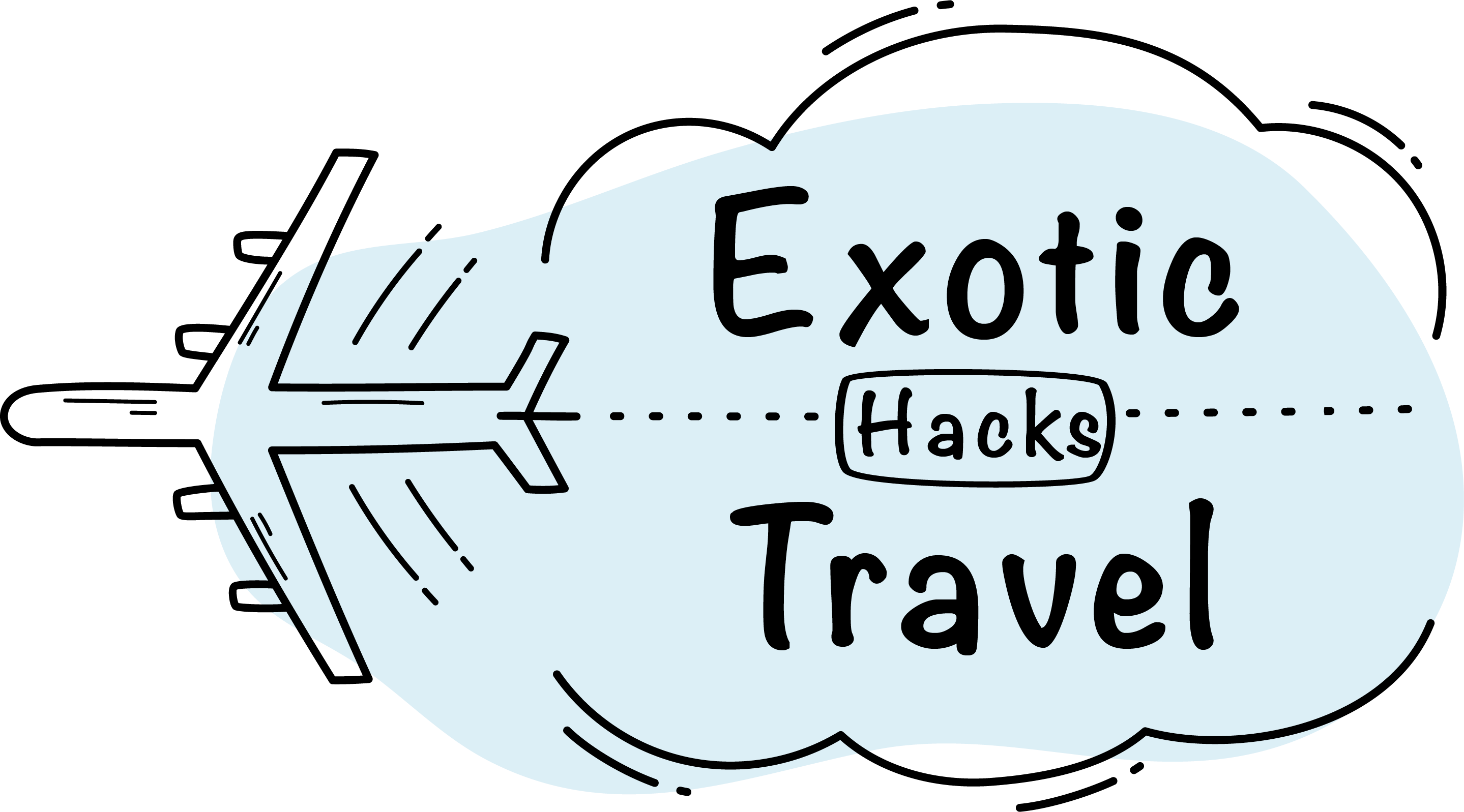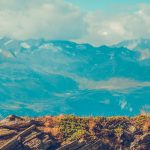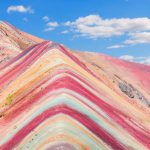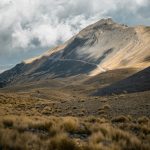Table of Contents
Nepal offers the world’s most dramatic mountain landscapes, but the country’s true trekking treasures extend far beyond the Everest crowds. Here’s your insider’s guide to trekking in Nepal and experiencing the Himalayas as they should be – with extraordinary views, authentic cultural encounters, and trails where footprints sometimes outnumber tourists.
When Experience Matters More Than Famous Names
Everyone knows about Everest Base Camp, but seasoned trekkers seek different experiences. The Manaslu Circuit delivers scenery rivaling the famous Annapurna Circuit but sees just 15% of the traffic. This 14-day journey circles Nepal’s eighth-highest peak, crossing the challenging 5,160-meter Larkya La pass before descending through forests of rhododendrons and pine.
Upper Dolpo remains Nepal’s most mystical destination – a restricted region bordering Tibet where ancient Buddhist traditions flourish in villages that seem frozen in time. Permits cost $500 for 10 days, effectively limiting visitors, but the investment brings solitude among 7,000-meter peaks and access to Shey Phoksundo, a turquoise lake so vivid it appears photoshopped in person.
The recently developed Guerrilla Trek follows routes used during Nepal’s civil war through remote western regions rarely visited by foreigners. This emerging route connects traditional villages where tourists remain a novelty, not a nuisance.
Timing: When the Trails Clear and the Views Emerge
Nepal’s trekking calendar is divided into distinct seasons, each offering unique advantages. While most visitors arrive in October and November for reliable weather, seasoned trekkers often prefer alternative timing.
Early December delivers clear, stable weather with significantly fewer trekkers on major routes. Temperatures drop, especially at higher elevations, but proper equipment makes this manageable. The payoff? Experiencing popular routes like Gokyo Lakes with relative solitude and crystal-clear mountain views.
The pre-monsoon window from late February through April brings warming temperatures and spectacular rhododendron blooms that transform hillsides into cascades of red, pink, and white flowers. This season works especially well for lower-elevation treks in the Annapurna foothills and Langtang region.
The secret season runs from mid-September to early October, immediately after the monsoon. While occasional afternoon showers occur, this period offers lush landscapes, clear morning views, and far fewer tourists. Farming communities harvest their crops during this period, adding cultural interest to the journey.
The Guide Decision: When to Hire and When to Solo
Nepal legally requires guides for certain restricted regions, including Upper Mustang, Upper Dolpo, and Kanchenjunga. For other areas, the decision merits careful consideration.
Independent trekking offers flexibility and potential cost savings but requires solid navigation skills and cultural awareness. The main trekking routes (Everest, Annapurna) feature well-marked trails and frequent tea houses, making self-guided trekking feasible for experienced hikers.
Hiring a guide provides cultural interpretation, language assistance, and local knowledge about trail conditions. The best guides offer insights into Himalayan ecology, cultural practices, and hidden viewpoints while creating employment in rural communities. Guide quality varies dramatically – seek recommendations from previous trekkers rather than simply booking through the cheapest agency.
An emerging alternative combines independence with local expertise through porter-guides – assistants who help carry gear while providing basic guidance, without the full cultural interpretation of professional guides.
Acclimatization: The Science Behind Staying Safe
High-altitude sickness represents the greatest health risk in the Himalayas, but smart acclimatization strategies minimize danger. The golden rule – climb high, sleep low – means daytime exploration at higher elevations followed by descent for overnight rest.
Successful acclimatization requires careful pace management. Plan ascent rates not exceeding 300-400 meters of sleeping elevation gain per day once above 3,000 meters. Build in dedicated acclimatization days at critical elevations (typically 3,500m and 4,500m), using these days for side hikes rather than complete rest.
Medical preparations should include Diamox (acetazolamide) as a preventative measure for those susceptible to altitude issues, proper hydration strategies, and understanding evacuation options from remote areas. Helicopter evacuation insurance proves essential for high-altitude treks.
The Trekking Tea House: Realities and Expectations
Nepal’s famous tea house trekking system offers accommodation and meals along major routes, but quality varies dramatically. On popular routes like Everest Base Camp, larger villages now offer surprising comforts – hot showers, varied menus, and even Wi-Fi. As you ascend or move to remote routes, facilities become increasingly basic.
The unwritten rule of tea house trekking expects guests to eat meals where they stay. Room prices remain artificially low because owners make their profit from food. Pack snacks for trail sustenance, but support local operators by eating main meals at your accommodation.
During peak season (October-November), tea houses on major routes fill by early afternoon. Either start early to secure rooms or consider carrying a lightweight tent as backup. Remote regions require more self-sufficiency – tea houses may operate seasonally or offer only rudimentary services.
Equipment Realities: What Matters
Kathmandu’s gear shops overflow with trekking equipment ranging from genuine international brands to convincing counterfeits. Quality varies dramatically, making pre-trip preparation essential for critical items.
Footwear represents the single most important equipment decision. Well-broken-in hiking boots with ankle support work best for most treks, especially those crossing high passes or traveling on rough terrain. Trail runners suffice for lower-elevation routes with established paths.
Despite Nepal’s reputation for extreme conditions, many treks don’t require specialized expedition gear. The layering principle works perfectly here – moisture-wicking base layers, insulating mid-layers, and quality waterproof/windproof outer shells adapt to conditions ranging from sweaty ascents to frigid passes.
Sleeping bags require careful selection based on your route and season. Tea houses provide blankets but are rarely sufficient for comfort at high elevations. A bag rated to -10°C (15°F) provides security for most situations, while liner sheets create hygienic barriers against sometimes questionable bedding.
Cultural Navigation: Beyond Namaste
Nepal’s mountain regions host diverse ethnic groups, each with distinct cultural practices. Taking time to understand these differences enhances both your experience and your impact on host communities.
Learn basic greetings in relevant languages – Nepali works throughout the country, but Sherpa phrases prove valuable in the Khumbu (Everest) region, while Tibetan expressions apply in Upper Mustang and Dolpo. Simply attempting local languages transforms how communities respond to visitors.
Religious awareness matters enormously in regions where Buddhism and Hinduism shape daily life. Always circumambulate religious monuments clockwise, respect monastic schedules when visiting gompas (monasteries), and ask permission before photographing ceremonies or individuals.
Responsible Trekking Practices for Fragile Regions
Nepal’s mountain environments face increasing pressure from tourism, making responsible trekking practices essential. Waste management presents the greatest challenge – pack out all non-biodegradable trash and use toilet facilities whenever available.
Water purification technologies have evolved beyond iodine tablets. UV purifiers, filter bottles, and chemical treatments offer convenient alternatives to buying plastic water bottles that become waste problems in regions with no recycling infrastructure.
Carbon-conscious trekkers increasingly choose longer, slower itineraries rather than helicopter shortcuts, supporting local economies by spending more days in the mountains. This approach also improves acclimatization and creates deeper cultural connections.
Beyond the Famous Routes: Emerging Treks
Nepal continues developing new trekking regions that distribute tourism benefits beyond traditional hotspots. The Tsum Valley trek opened to foreigners in 2008, explores a previously restricted Tibetan Buddhist enclave featuring some of Nepal’s oldest monasteries and traditional villages largely unchanged by modernity.
The Indigenous Peoples Trail through the southern hills showcases Nepal’s ethnic diversity through communities of Thami, Tamang, and Sherpa peoples. This lower-elevation route works year-round and provides insight into cultural traditions predating Buddhism and Hinduism in the region.
For those seeking genuine wilderness, the Great Himalaya Trail represents Nepal’s ultimate trekking challenge – a 1,700-kilometer route traversing the entire country from east to west. While few attempt the complete journey, section hikes offer adventures into regions rarely seen by foreigners.
The Future of Himalayan Trekking
Climate change visibly impacts Nepal’s mountains, with retreating glaciers and shifting precipitation patterns. Some classic routes face increasing natural hazards, while new opportunities emerge as previously inaccessible regions open through infrastructure development.
The COVID-19 pandemic forced Nepal’s trekking industry to reevaluate its future, with a growing emphasis on quality over quantity. Forward-thinking operators now develop experiences emphasizing longer stays in fewer locations, deeper cultural engagement, and specialized activities beyond simply walking to the next destination.
For today’s trekkers, Nepal offers both the classic Himalayan journeys that established its reputation and emerging experiences that reveal new facets of this extraordinary mountain kingdom. The most rewarding trips combine famous highlights with detours into the authentic Nepal that exists just off the main trail – where ancient traditions continue and the relationship between mountains and humanity reveals itself with every step.

I’m Garrett, a seasoned photojournalist with a passion for uncovering the world’s hidden treasures. My journey is fueled by a deep curiosity for diverse cultures and breathtaking landscapes. When I’m not behind the lens capturing the world’s wonders, you can find me exploring underwater realms or sharing my passion for discovery with my two adventurous children.




